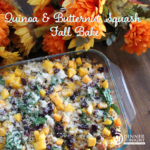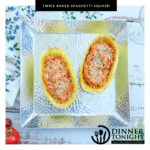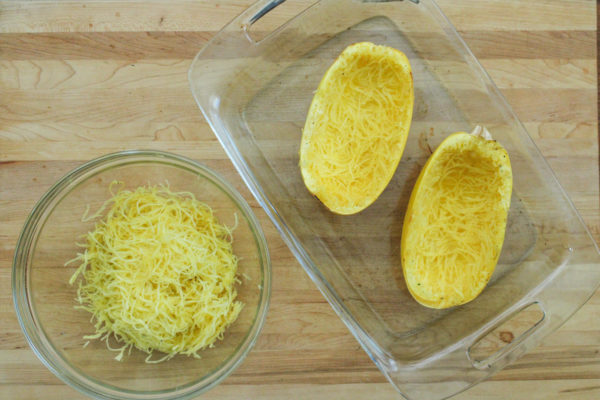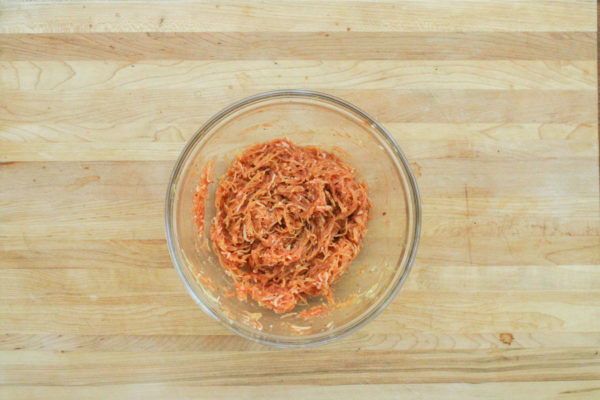Winter squash (including acorn, buttercup, butternut, and Hubbard varieties) is rich in Vitamin A (beta-carotene), dietary fiber, folate (folic acid), and potassium.  It is naturally low in calories, fat, and sodium which makes it a perfect canvas for your healthy fall recipes. Here is a bit more about these winter squashes.
It is naturally low in calories, fat, and sodium which makes it a perfect canvas for your healthy fall recipes. Here is a bit more about these winter squashes.
Selecting:
Choose a firm, well-shaped squash that is heavy for its size and has hard, tough skin. Do not choose those that have sunken or moldy spots. Avoid squash with cuts or punctures in the skin. Also, slight variations in skin color do not affect flavor. A tender rind indicates immaturity, which is a sign of poor quality in winter squash varieties.
Harvesting:
Since winter squash is harvested mainly during the time that pumpkins are harvested, they need to be planted in the late summer months (August to September). Harvesting would then occur from October to November.
When harvesting winter squash, handle them carefully to avoid cuts and bruises. These injuries are not only unsightly, but they also provide entrances for various rot-producing organisms. Cut the fruit off the vine with pruning shears. Leave a 1-inch stem on each fruit.
Storing:
After curing, store winter squash in a cool, dry, well-ventilated location. Storage temperatures should be 50 to 55 degrees Fahrenheit. Do not store squash near apples, pears, or other ripening fruit. Ripening fruit releases ethylene gas which shortens the storage life of squash.
When properly cured and stored, the storage lives of acorn, butternut, and hubbard squash are approximately 5 to 8 weeks, 2 to 3 months, and 5 to 6 months, respectively.
Recipes:
- Beet and Butternut Squash Roasted Salad
- Butternut Squash Dip
- Butternut Squash Nachos
- Butternut Squash Stew
- Quinoa Butternut Squash Fall Bake
- Squash and Apple Soup
- Chewy Pumpkin Cookies
- Creamy Pumpkin Pasta
- How to Make Pumpkin Puree
- Maple Glazed Roasted Veggies
- Pumpkin Cheesecake No Bake
- Pumpkin Cheesecake Trifle
- Pumpkin Chili
- Pumpkin Cupcakes with Greek Yogurt Frosting
- Pumpkin Hummus
- Pumpkin Nut Muffins
- Pumpkin Pie Parfait
- Pumpkin Pie Chia Seed Pudding
- Pumpkin Pie Oatmeal
- Soft Pumpkin Spice Drops
- Butternut Squash Stew
- Chicken Caprese Spaghetti Squash
- Squash and Apple Soup
- Twice Baked Spaghetti Squash
Sources:
Iowa State University Extension. Harvesting and Storing Winter Squash. Richard Jauron.
Texas A&M AgriLife Extension. Food Technology & Processing – Winter Squash. Aggie Horticulture.
















